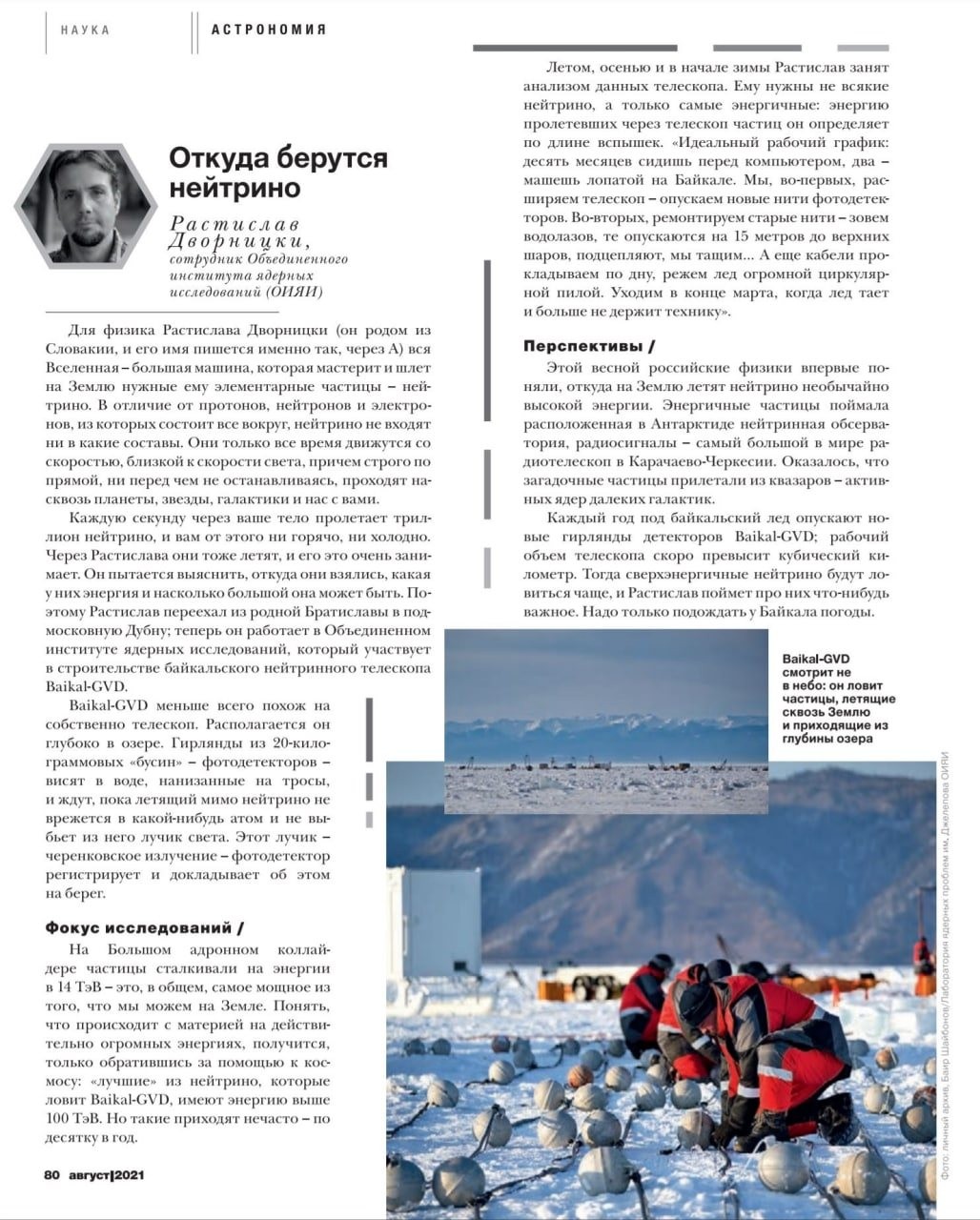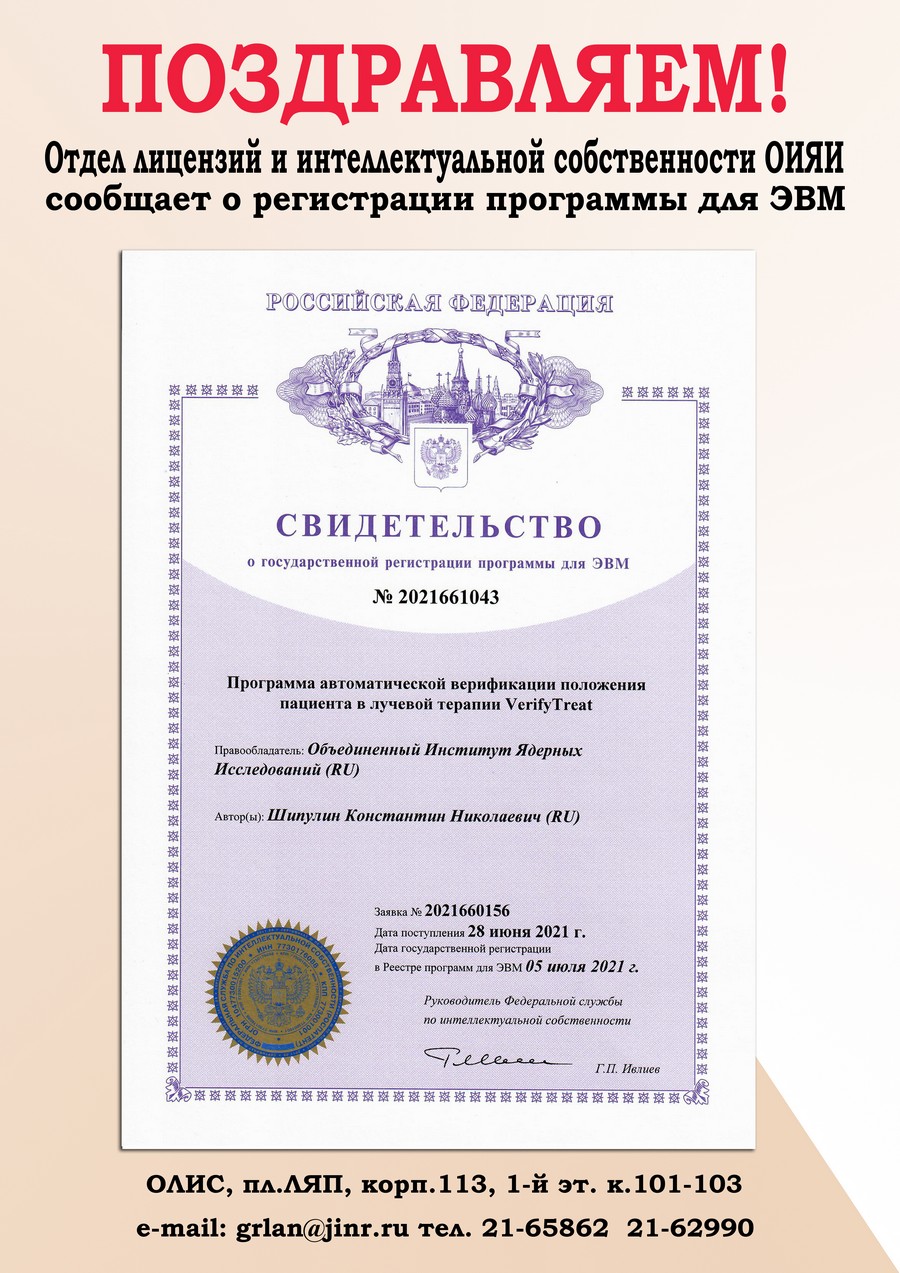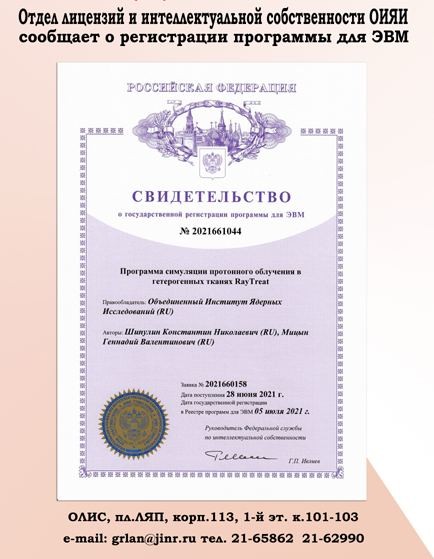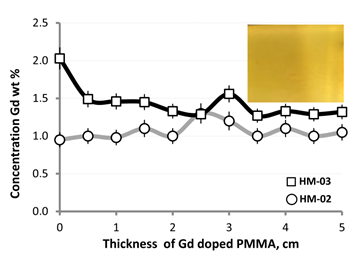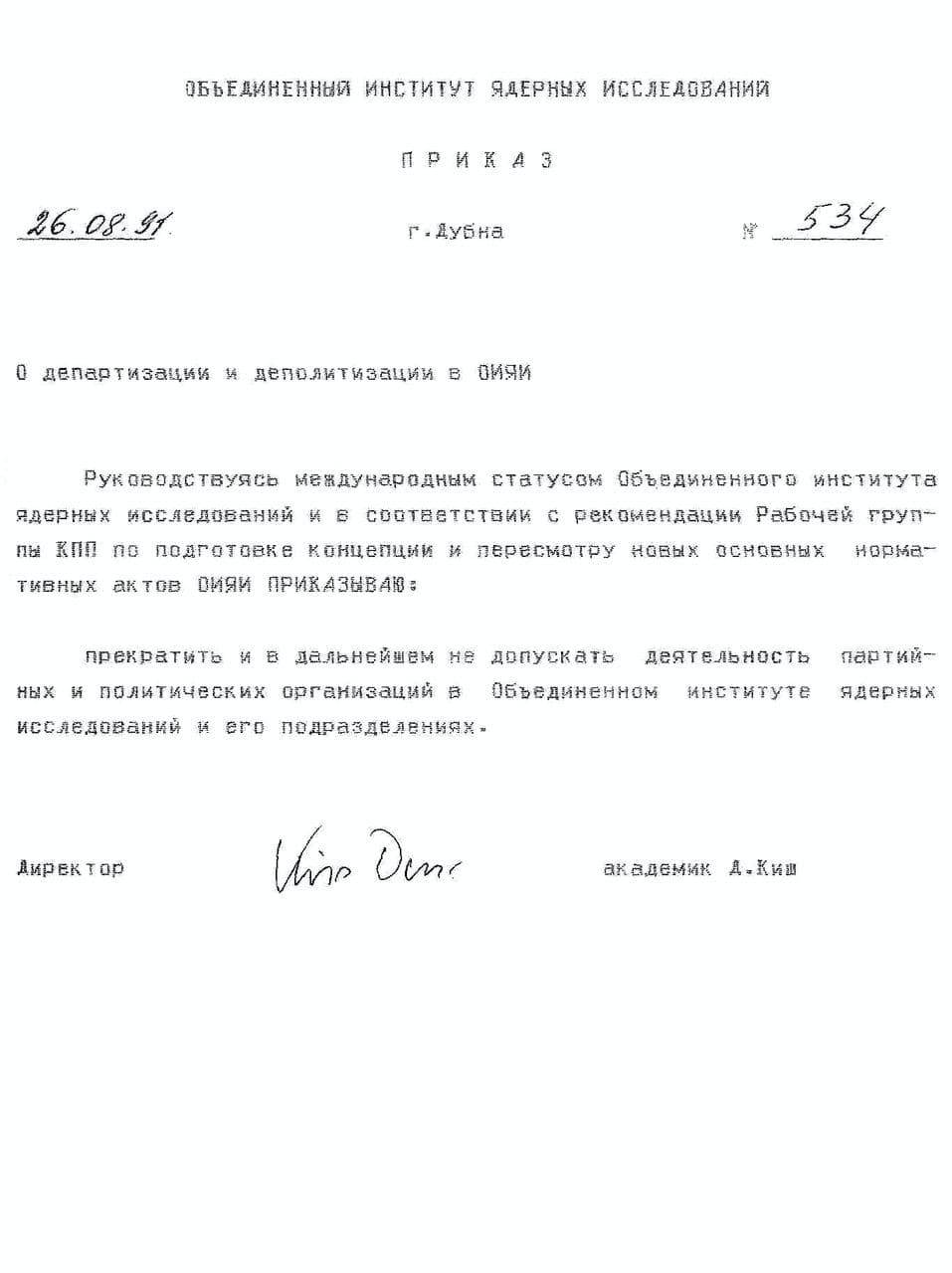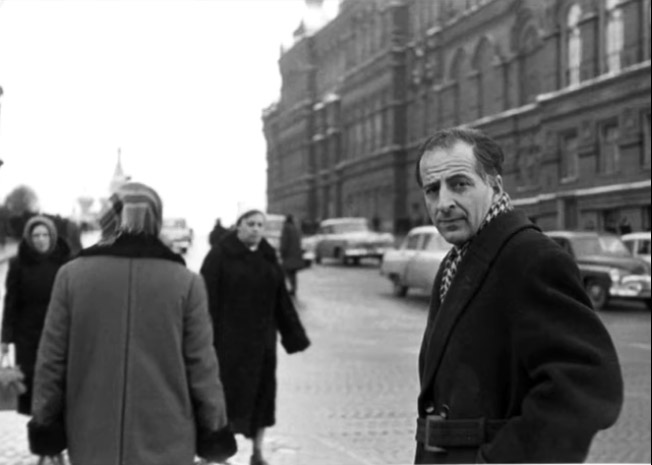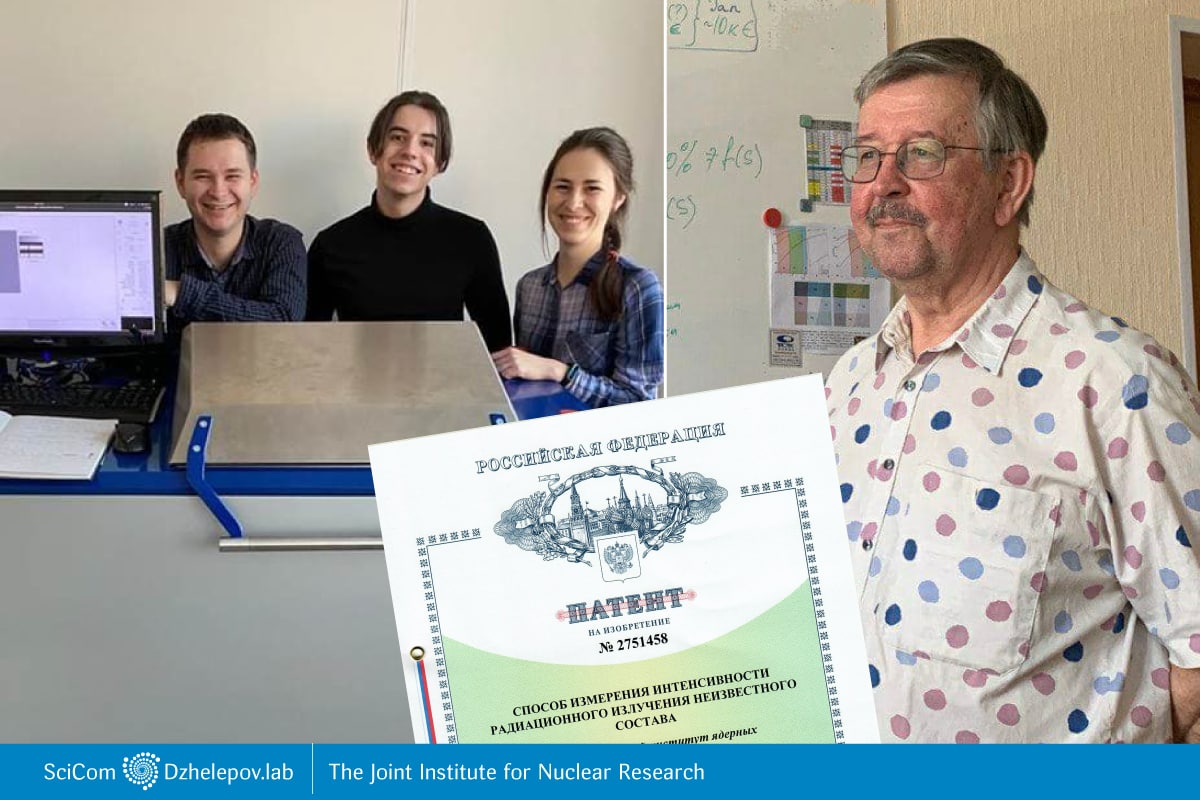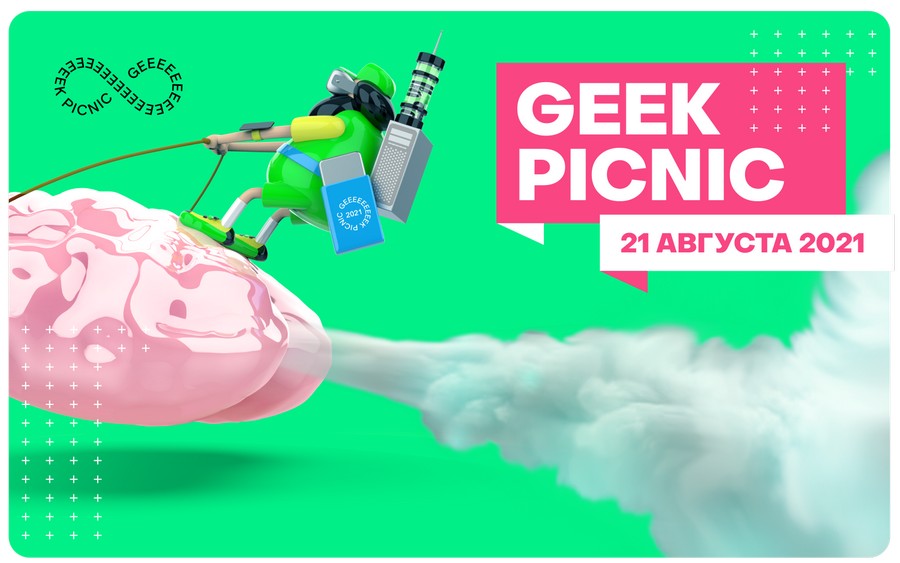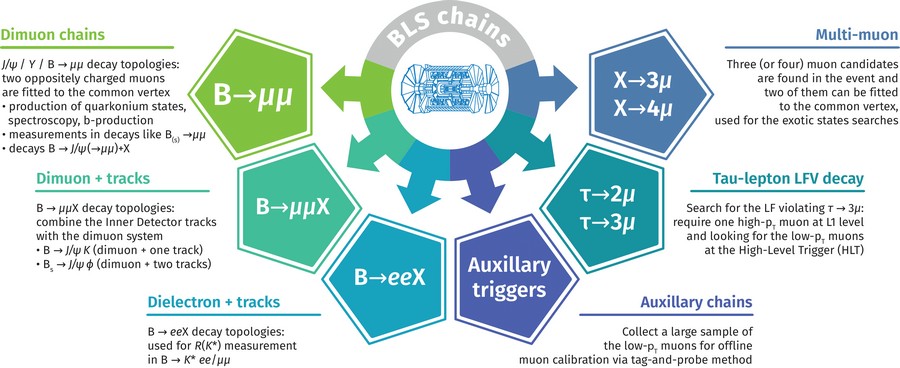News
27.08.2021
On 21 August, the next edition of GEEK PICNIC, a popular science festival, took place in Moscow. One of the lecturers of the festival was the researcher from the Sector of Molecular Genetics of the Cell of the Dzhelepov Laboratory of Nuclear Problems Anastasiya Rusakovich. She lectured together with Polina Krivykh, Vitaly Egorov, Vladimir Surdin and other notable science educators.
27.08.2021
The article about the Baikal Neutrino Telescope “Where do neutrinos come from?” by the researcher of the DLNP Experimental Department of Nuclear Spectroscopy and Radiochemistry Rastislav Dvornicki was published in the Science section of the August issue of the S7 airline inflight magazine.
Rastislav describes clearly and interestingly in the short article the neutrinos’ nature and functioning of the complex physics facility. The photographs from Lake Baikal by his colleague Bair Shaybonov illustrate the subject matter.
Neutrinos and neutrino physics are one of the “hottest” topics in explaining fundamental science to the general audience. And this is mainly owing to such articles by our researchers.
25.08.2021
The JINR Department of Licenses and Intellectual Property announces that on 5 July 2021, the Joint Institute for Nuclear Research got a Certificate of State Registration of the software program “VerifyTreat program of automatic verification of patient’s position during beam therapy” authored by Konstantin Nikolaevich Shipulin.
25.08.2021
The JINR Department of Licenses and Intellectual Property announces that on 5 July 2021, the Joint Institute for Nuclear Research got a Certificate of State Registration of the software program “RayTreat program for modelling of proton irradiation in heterogeneous tissues” authored by Konstantin Nikolaevich Shipulin and Gennady Valentinovich Mitsyn.
25.08.2021
The JINR Department of Licenses and Intellectual Property announces that on 5 July 2021, the Joint Institute for Nuclear Research got a Certificate of State Registration of the software program “Bolus Verification Control Program” authored by Konstantin Nikolaevich Shipulin.
25.08.2021
An article was published in the journal Materials about development and manufacture of a pilot batch of the ultra-low background structural material for production of new-generation detectors to search for weakly interacting dark matter particles. The material obtained on the basis of polymethylmethacrylate and rare-earth metal gadolinium almost does not produce radiation background and can slow down and efficiently absorb neutrons. The team of scientists from the Mendeleev University of Chemical Technology (MUCT), Skobeltsyn Institute of Nuclear Physics of Moscow State University (SINP of MSU), Belgorod State University (BSU) and Dzhelepov Laboratory of Nuclear Problems (DLNP) has dealt with the task for several years. The research was performed within the international DarkSide-20k experiment, one of the largest projects on the dark matter particle search. The detector is due to start its operation in the underground low-background laboratory Gran Sasso in Italy in 2025−2026.
22.08.2021
Exactly 30 years ago, on 26 August 1991, an Order on departization and depoliticization was issued at JINR according to which any activities of party or political organizations at our Institute were prohibited. Georgy Alexandrovich Chelkov reminded us of it.
22.08.2021
Today, on 22 August, it is the 108th birthday of Bruno Maximovich Pontecorvo, a renowned Italian and Soviet scientist whose ideas and visions anticipated discoveries later recognized by Nobel Prizes. For instance, Pontecorvo’s idea, proposed as far back as 1957, that neutrinos change their type with time according to a periodical law was confirmed. At present, this phenomenon is known as neutrino oscillations. And the Nobel Prize for experimental discovery of neutrino oscillations was awarded only in 2015.
19.08.2021
Twelve employees of the Dzhelepov Laboratory of Nuclear Problems received certificates on development of vocational competence and on the programme of the vocational training “Numerical Control Machine Tool Programmer” at the Dubna State University. We wish our colleagues new professional achievements!
12.08.2021
On 14 July 2021, the Joint Institute for Nuclear Research received a patent for the invention “A method for measuring the intensity of radiation of unidentified composition”. The Group of Scientific Communication talked to Georgy Alexandrovich Chelkov, a leading researcher of the DLNP Experimental Department of Colliding Beams and one of the patent authors.
11.08.2021
The lecture “About allergy, longevity and SNP” will be given by Anastasia Rusakovich (DLNP Sector of Molecular Genetics of the Cell) at GEEK PICNIC 2021, an International Festival of Science and Technology. Anastasia will talk about two systems elaborated by our geneticists for determining predisposition to allergic diseases and human longevity.
11.08.2021
On 22 June 2021, at the regular 55th session of the JINR Programme Advisory Committee on particle physics, a report of the group of scientists from the Dzhelepov Laboratory of Nuclear Problems involved in development of a software trigger for the detector of the ATLAS experiment was given. The DLNP Group of Scientific Communication talked to the trigger group coordinator Vladimir Lyubushkin, Candidate of Physics and Mathematics, a senior researcher of the Laboratory, about this facility and current results.



